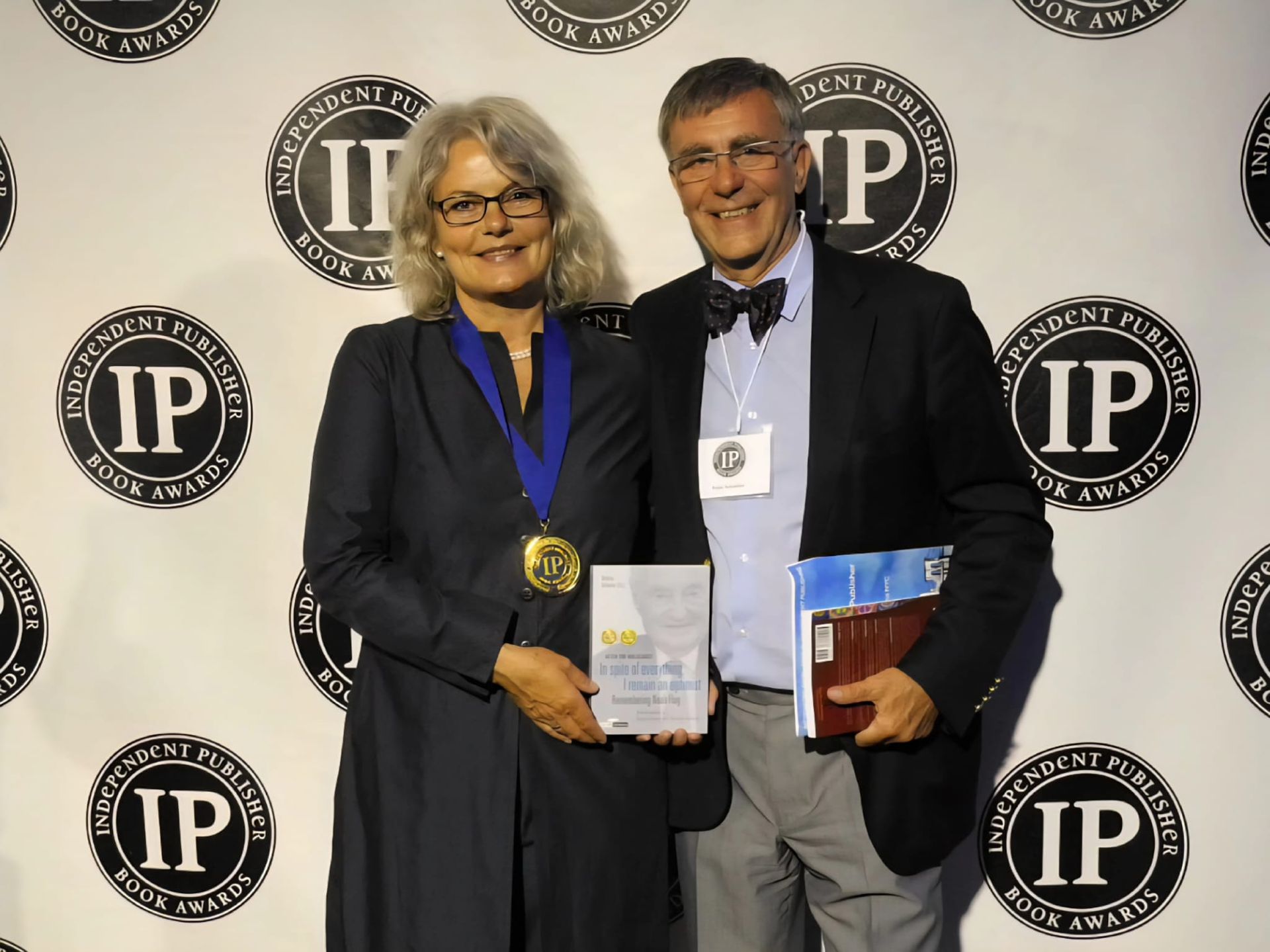Water Project is Now Ongoing in Remote Water-Scarce Village in Sri Lanka
GCI Office • September 26, 2017
Water Project is Now Ongoing in Remote Water-Scarce Village in Sri Lanka

Ongoing construction of the water tank tower. Once completed, the height of the tower will be 15 meters from the ground, and the tank will provide 46,000 liters of water per day for 230 households.
In a remote village in the Polonnaruwa District of the North Central Province of Sri Lanka, construction work on infrastructure for supplying clean water for the villagers is now in full swing.
The people of Mahawalithanna Village – 1,000 people in 230 households – have long been suffering from a shortage of clean water and waterborne diseases. In the dry season, which lasts from January to July, water dries up completely in the region, and villagers need to walk as far as 10-15 km outside the village to fetch water. Unsafe water usually causes waterborne diseases. For example in the village, elders suffer from kidney problems and children become sick due to urinary infections, which keeps them from attending school.
At the start of the project, engineers searched for an underground water source by using an electrical resistivity-measuring device.
To improve the availability and quality of water and life for the villagers, Green Cross International (GCI), GC Sri Lanka and GC Japan started a joint water project in May 2017 by finding the underground water source and digging a deep-tube well. This project is slated for the end of this year and will connect each household to water from the well through a water-supply installation that holds a filtering system, a water tank tower and pipelines.
During the construction, villagers would volunteer and help with digging ditches for laying the pipelines while working in agriculture, which is their main livelihood. After completing the project, the villagers will maintain the water-supplying system and collect the fees for the water themselves through a newly organised village-water-committee.
The project in Mahawalithanna Village is the second joint water project in Sri Lanka between GCI, GC Sri Lanka and GC Japan following a water-supplying operation from September 2015, in Plawala Village in the Ampare District of the Eastern Province.
Digging the deep-tube well to the depth of 60 meters.
This project is part of the “Smart Water for Green Schools (SWGS)” project. The SWGS project, which Green Cross started in 2010 provides access to water and sanitation for communities in need around the world, and contributes to international efforts to secure safe drinking water and sanitation for every human being. SWGS addresses children’s needs first, as they are more vulnerable to waterborne diseases, but does target entire communities as well. SWGS’ methods include building infrastructure and empowering communities to maintain their own water supplies, reducing the risk of deadly waterborne diseases, promoting the sustainable use of water resources, and increasing school attendance, girls’ education and gender equality.

One of Europe's biggest freshwater lakes. VÄTTERN BELOW THE SURFACE (Documentary 2020) Lake Vättern Below the Surface This documentary brings forth new perspective of Swedish water management. This film is an example of how water management can be risking human health and water quality, not only in Sweden but in countries worldwide. The problem is most of the countries in the western world does not have a functioning water management, nor do they have field personnel or fully employed environmental diving inspectors checking the ecosystem below the surface. Eurofins, a major company in Europe testing for different toxins and substances, can today only provide data on approximately 300 substances. From a average sewer plant there can be an outlet of some 10 000 to a 100 000 chemicals. We cannot see chemicals, but we can see the effects when we dive. What we see are dead ecosystems at the bottom of lakes with algal blooms containing toxic cyanobacteria as a result of chemical discharge. These cyanotoxins are today linked with human diseases such as ALS, Alzheimer's and Parkinson, to name a few. The problem is we don't really know how many toxins there are in our drinking water, or in the food we eat. The film Lake Vättern Below the Surface documents this issue. The international community must begin to reevaluate how we are going to solve this problem. After you view this film some things to consider and discuss are the following topics below. These challenges we now see can easily be solved in a first stage. What is needed is to assess the level of toxic discharge there is in national water systems. We need to begin by digitizing all outlets and create an overview map of the difference in toxins found in the water systems. Then an overall plan can be tailormade made for the infrastructure in country and for the local communities. A common sense example is that placing heavy industrial complexes upstream freshwater lakes which are utilized for drinking water is not a good idea. Sweden has already solved the first stage and created a database showing the direction all water flow in the country, meaning the surface water and most of the groundwater. If a lorry with toxic cargo tips over we can follow the contamination downstream in the database and see how it affects the water system. What the country of Swedish has not realized is that we have laid the foundation for a much bigger database. Within this system we have the possibility to register the toxic discharge that is currently approved by the government. We can for example register into the database the estimated 6,000 covered dumping sites currently leaking toxic wastewater, as well as our thousands of sewer plants, industrial outlets, and the dumping locations of munition materials by Armed Forces. This can be done to provide an overview to assess the impact of the chemical outlets to our water systems. The governments have the necessary data to make this happen. This can be an effective tool to control and stop to sensitive ecosystems and keep our citizens and future generations safe. The next two steps involve diving and field personnel to survey the water systems and assess the state of ecosystems below the surface, in each country. Most important is to begin researching the methods for sampling the thousands of chemicals in our water. If we do not stop the dissemination of toxic chemicals today it could take years into the future before we solve what will become an even greater challenge to provide clean water, which is safe to drink. We need to know what our water contains to keep people, animals and the ecosystem out of harm's way. Water security will also be a major challenge for governments worldwide with the challenge of climate change. Green Cross Sweden, together with Green Cross international, are in talks with the water researchers behind this film to create a pilot studies in several countries that can address this issue or water management internationally on an global scale. Together we can change the world towards a sustainable future. - Andreas Vos Board Member, Green Cross Sweden









